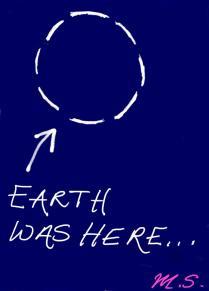
There isn’t another being that could have borne the stresses and strains of this celestial body. The phenomenal weight of over seven billion human beings and millions of species of animals, plants and algae, to be a bit more precise.
Surrounded by stars, illuminated by the glow of the sun and the moon, yet trampled and dumped upon by its very inhabitants. Some are conscious of their impact, but many more are living in their self-centred universe, fighting for their own resources and living space.
The Blue Planet changed itself to accommodate our lives, by altering its atmospheric and physical conditions. Thoughtfully and ingeniously, it even formed an ozone layer to protect us from harmful UV rays and allowed ocean life to safely move onto land.
Earth looked on helplessly and silently as its non-renewable energy resources and raw materials were being used up, its temperature and sea levels rose, forests were cut away, more waste was produced, and its air and water became choked with increasing levels of pollution.
Forget the Mayan calendar, which predicted doomsday on 21st December 2012 because of the end of a significant phase. Despite the fact that the Earth is the densest and fifth-largest planet in the Solar System, is it any surprise that it caved in after 4.5 billion years of strain?
If only we knew the magic of creating another Earth. We would have learnt from our mistakes and promised to conserve energy and water, recycle our waste, avoid CFCs, lessen our carbon footprints and be kinder to one another. Or would we?
As we persist on our path of destruction, we cannot even appreciate the Earth if it ever goes. Because if its lifespan does come to an end, so does ours.
